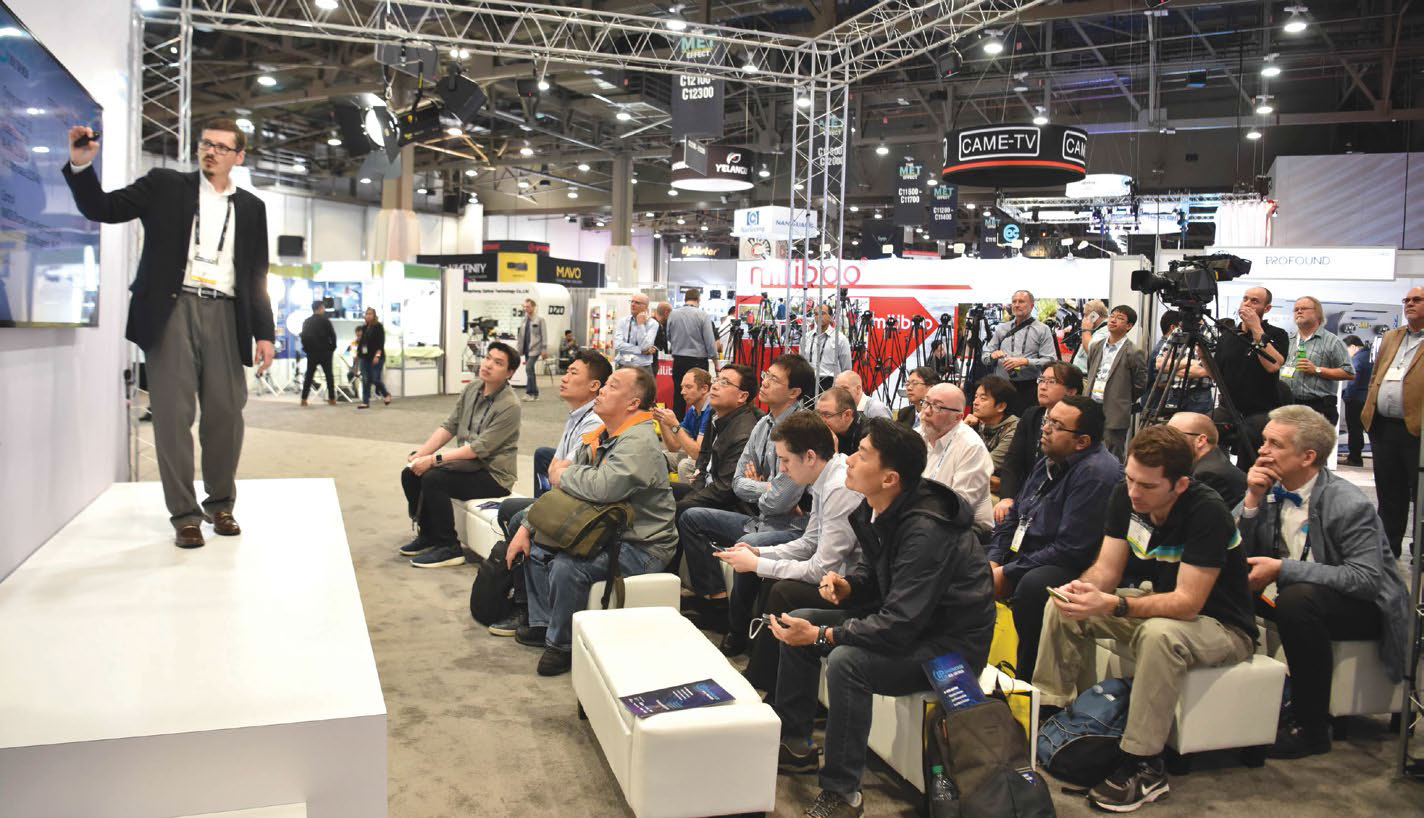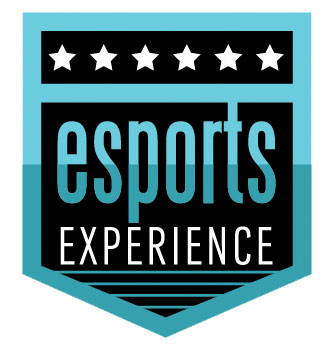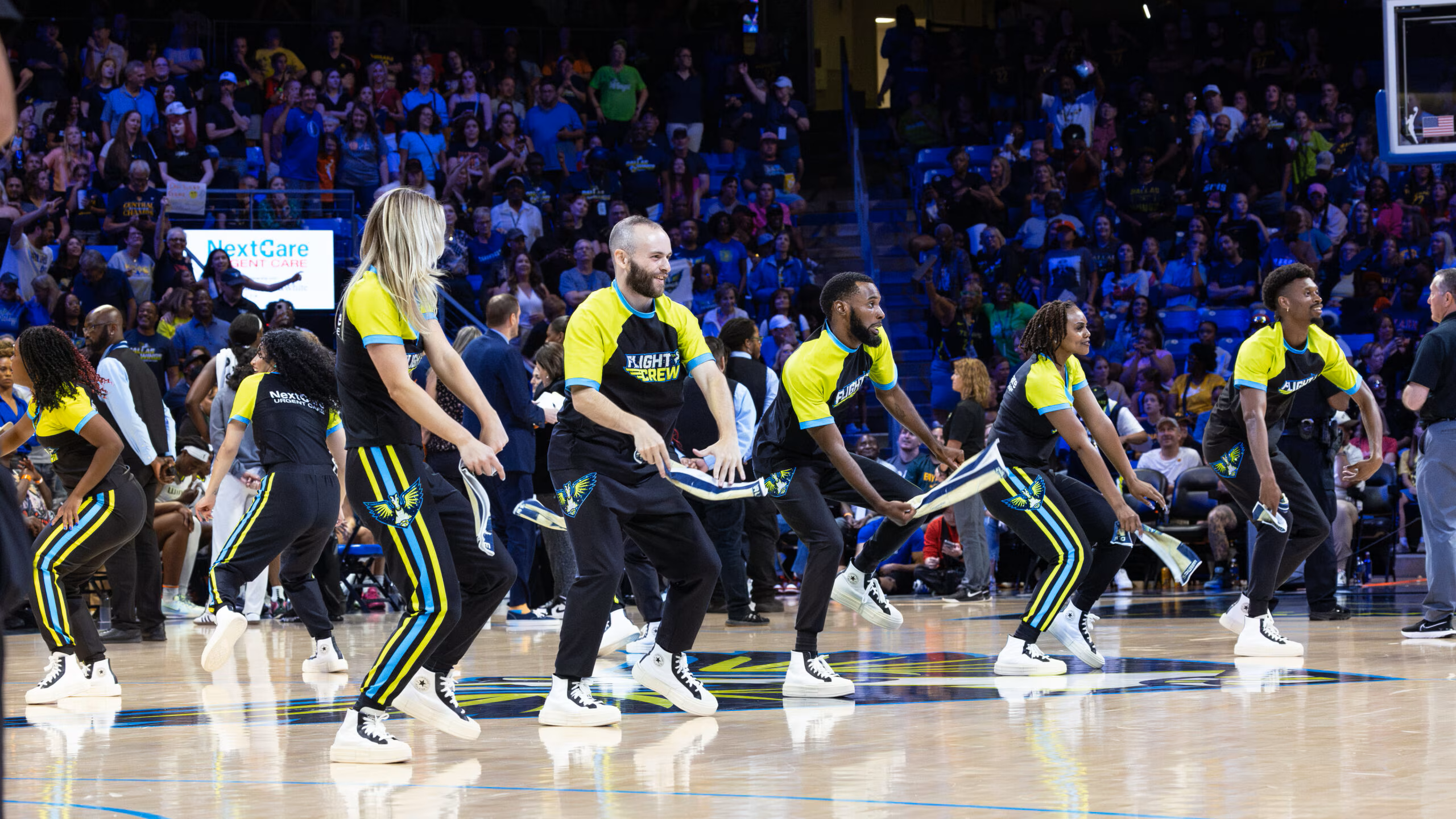Trend Spotting at the NAB Show
The annual NAB Show gives us the opportunity to look at every type of equipment, service and system required to successfully operate a media enterprise in the 21st century. But let’s face facts, it is virtually impossible to see everything you need to see let alone the things you want to see. So if you are like me, you make the typical list of A, B and C priorities and you get through the A’s and a couple of B’s that happen to be on the route between two of the A’s you are looking at.
NEXT GEN TV
So what are the hot technologies that have made it to my A list? Let’s start with the obvious, ATSC 3.0. As someone who has participated in the standards creation process, I am excited to see all the work done by so many colleagues come to fruition. There are enough real work applications and technology demonstrations going on that there is no question that ATSC 3.0 works. The real questions that need to be answered are “what will stations do with it and how will they do it?”
While the “what will we do with ATSC 3.0” question will be debated at very high levels, there is no denying that one of the promises of ATSC 3.0 is the flexibility to dynamically reconfigure services in real time, thereby allowing stations a level of control over their services that they have never had before. Since much of this control is through configuration of the physical layer pipes (PLP) that make up the services being broadcasted, understanding how to change these configurations without breaking reception is critical. Remember that just because the standards enable capabilities, this doesn’t guarantee that receiver manufacturers will incorporate them. I certainly plan on spending time meeting with companies like Enensys and TeamCast to get a much better understanding of the system scheduler and manager.
Probably the best advice I can give to anyone with ATSC 3.0 on their A list is to download and review the ATSC 3.0 Transition & Implementation Guide. Google it—it’s available for free from any number of websites. It is a great resource to provide a general understanding of ATSC 3.0 and enable some meaningful conversations with vendors at the show. As I have spent more and more time working through ATSC 3.0, it has become obvious to me that while not necessarily easy, the RF system is the easiest part of the equation.
5G
The next hot technology to look at is 5G. I know that we have all heard the hype about how 5G is the “be all and end all” technology that will do everything, including cure the common cold. I am not going to try and separate the hype from the facts, let’s just say that like ATSC 3.0, 5G promises a lot of capabilities, and like 3.0 it will depend on what receiver manufacturers implement that determines the quantity and magnitude of capabilities actually enabled
But there is no denying that even a basic implementation of 5G may make a fairly dramatic impact on the bonded cellular systems that are becoming ubiquitous in newsrooms. Given the promise of low latency and higher capacity, many stations may see this technology as the full replacement for their microwave ENG systems. While my station is not a user of ENG systems, we do broadcast live sporting events and there will be a number of vendors showing 5G infrastructure that can be used within venues for some (possibly all) cameras that would eliminate the need to run camera cables within a venue. I am not sure if I would ever be comfortable using public cellular service to deliver the feed from a venue to a remote control room; deploying a private and secure 5G service certainly could be an attractive alternative to rolling a truck and support crew to an event. This could make live broadcasts or streaming of minor league and high schools sports a valuable asset for local broadcast stations.
IP FOR LIVE PRODUCTION
For this next group of hot technologies, I spoke with my colleague John Ive of the International Association of Broadcast Manufacturers (IABM), who had just finished drafting a report from the recently completed EBU Production Technology Seminar held in Geneva on Jan. 29–31 of this year. John’s role at the IABM is the director of Strategic Insight, a position for which he is uniquely qualified and he is a wealth of knowledge and vision.
IP for live production. I encourage everyone to study and understand as much as they can regarding SMPTE ST 2110 and its implications and capabilities. While I know that this standard has been in the press a lot, it is vitally important to understand that while ST 2110 is substantially complete, the devil is in the details and as with all things digital there is no shortage of details.
For me, literally everything I will be looking at for use in content creation I will be asking “is this device or system ST 2110 capable and if not, what is the path to ST 2110 if selected?” I firmly believe that this is the future of facilities large and small. If you are currently looking at deploying a 2110 environment, you need to understand at this juncture that you are probably looking at a more expensive version of what you currently have. To me this is the same concept I embraced when building my first HD facility and paying a premium despite many folks saying that much of what we produce will always be SD.

Try not to let shortsightedness and sticker shock force decisions that will ultimately be even more costly. There is an immense amount to learn about 2110 in order to be able to administrate and manage a facility. Even if the plan is to hire an integrator for the initial build—in the world of Moore’s Law—unless the plan is to bring the integrator back every time a subsystem is upgraded or replaced, station technical staff will have to understand how to configure systems to work within the environment. We have all had to come to grips with the new reality that just because a product is on the market and delivered, that doesn’t mean it’s finished, and we are still a long way from plug and play. I encourage everyone reading this to stop by the IP Showcase at NAB and get a look at some real world implementations. If you get a chance, ask someone working there how long it took to get everything set up and working.
ARTIFICIAL INTELLIGENCE
Artificial Intelligence is another hot topic that certainly has received a lot of press in all areas. AI has become a catchall term for everything from simple sensor-driven operations like automatic doors, optical and voice recognition to machine learning and autonomous decision making. In many ways AI is like modern standards, a toolkit containing a multitude of capabilities and capacities that can be implemented in an almost infinite variety of ways. As with 2110, my plan is to ask about how AI is implemented within the device or system of interest and what benefit the manufacturer believes it provides or capabilities it enables.
CLOUD
I have a hard time calling the cloud a “hot” topic, but in a way it is. As the nature of the infrastructure and systems within our facilities changes from purpose-built hardware to software applications running on COTS platforms, the next question I have to ask the manufacturers is “what is your path to virtualization?” Recently, while watching one of our weekly news shows as it was being produced, I envisioned the director letting Amazon’s Alexa AI interact with the Grass Valley switcher, Chyron graphics system, SSL audio console and all of the other manually controlled devices involved in the creation of the show. It made me wonder how long it would be before I will be subscribing to a service that provides cloud-based platforms that do everything that currently happens in hardware systems that are housed in the local facility or control room.
VIRTUAL/AUGMENTED REALITY
The final hot topic areas that I would really like to explore are augmented reality, virtual reality and mixed reality, but in order to do that I have to change my thinking and really and truly get “out of the box.” As I watched the producer/director of the show mentioned above create the program, it occurred to me that he was making decisions about the show by watching the flat screen monitor, which makes sense since that will be the consumption device. It therefore seems implausible to me that a director creating a program in the AR/VR/MR space will be able to do this sitting behind a desk watching a flat screen representation. It will take an immersive control room that is reliant on AI and cloud-based services to effectively tell an immersive story. I am not sure how much of that will be at NAB 2019, but there is always NAB 2020.
Can’t Miss Events at the 2019 NAB Show
With more than 1,700 exhibitors covering the entirety of the Las Vegas Convention Center and more speakers and presentations than you can likely remember, it’s no small feat to figure out how to spend your time at this year’s NAB Show. Need some help? Here are four events that you’re going to want to make sure you catch before the conference ends. For details, visit nabshow.com.
50 Years Later, ‘Apollo 11’ Recreates Moon Landing
2019 is the 50th anniversary of Neil Armstrong’s giant leap for mankind. Whether you were alive for the initial broadcast or not, Todd Douglas Miller’s “Apollo 11” documentary brings the historic feat to life with restored, never-before-seen footage. Miller will keynote the Future of Cinema Conference on April 6 about recreating the moon landing in high-resolution.

Game on at eSports Experience
For the first time, the NAB Show will put a spotlight on eSports with the inaugural eSports Experience. With a designated area in the North Hall, the eSports Experience will feature exhibits, a theater and educational programming devoted to the live gaming industry. Many influential figures in the space, including professional gamers and eSports leagues team owners, will take part in the mainstage presentation, “The eSports Evolution: What’s Next in Gaming,” on April 10.
Streaming Summit Returns, Gets Bigger
After debuting the Streaming Summit at last year’s show, the OTT-focused event returns and this year will go on for two days. More than 100 speakers will give an insight into streaming’s latest technologies and the best strategies to monetize content. Executives from big-time players like Amazon, Google, Facebook, Comcast, Hulu and other OTT platforms will also be giving fireside chats throughout the two days. The Summit runs from April 8-9 in the North Hall.

Let NAB Be Your Guide
Even if you know there are a couple of things that are must see for you this year, there will be plenty that you won’t want to miss, and who better to help you catch the biggest exhibits than NAB itself. NAB is offering curated tours Monday-Wednesday that either cover specific topics (Future Technology, Film and TV Production, Live and News Production) or attendees can customize their own tour. Individual or group tours are available.
Get the TV Tech Newsletter
The professional video industry's #1 source for news, trends and product and tech information. Sign up below.
Bill Hayes is the former director of engineering and technology for Iowa PBS and has been at the forefront of broadcast TV technology for more than 40 years. He’s a former president of IEEE’s Broadcast Technology Society, is a Partnership Board Member of the International Broadcasting Convention (IBC) and has contributed extensively to SMPTE and ATSC. He is a recipient of Future's 2021 Tech Leadership Award and SMPTE Fellow.

